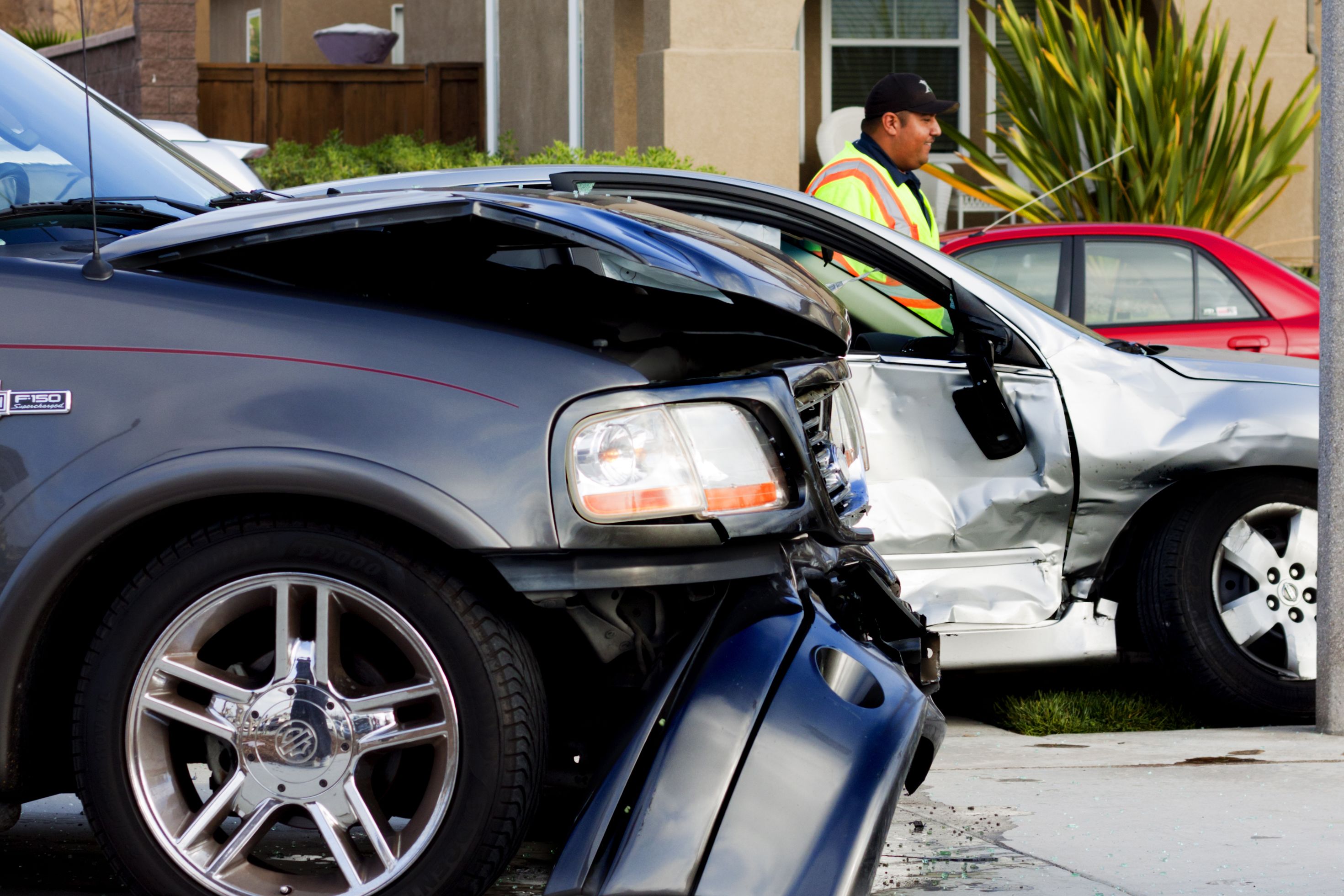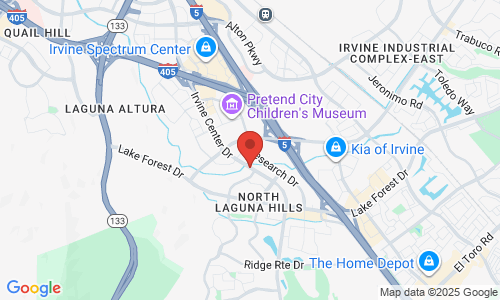Sharing Fault in Car Accidents: Comparative Negligence
 Automobiles provide a great deal of luxury and convenience. Unfortunately, when vehicles are not operated properly, or when drivers are reckless, accidents can occur. Car accidents often result in significant damages, including personal injury and financial loss. It is important to determine liability for collisions, so at-fault parties can cover the cost of accident damages. But what happens when drivers share fault for a collision?
Automobiles provide a great deal of luxury and convenience. Unfortunately, when vehicles are not operated properly, or when drivers are reckless, accidents can occur. Car accidents often result in significant damages, including personal injury and financial loss. It is important to determine liability for collisions, so at-fault parties can cover the cost of accident damages. But what happens when drivers share fault for a collision?
Car accident lawyers Sean M. Burke and Jason N. Argos can help individuals from Irvine, CA, and surrounding areas understand the concept of comparative negligence for shared fault in a car accident, and how it affects their right to accident damages.
What Is Comparative Negligence?
California is a comparative negligence state in terms of car accident liability. This means that the state operates on the assumption that each party shares fault in a car accident, until proven otherwise. When accidents are investigated in further detail (most often by representing insurance companies), each party is assigned a degree - or percentage - of fault.
For example, if two parties are found to share equal liability for a car accident, each will be assigned 50% comparative negligence. In cases where one person is found to be primarily at-fault for the accident, comparative negligence may be split 90/10, or something similar, depending on the exact actions that contributed to the collision.
How Does Comparative Negligence Affect My Right to Accident Damages?
Some states prevent drivers from seeking accident damages if they are found to share any fault for a collision, but that is not the case in California. California laws allow our Irvine clients to pursue compensation for accident damages even if they are found to be primarily at-fault for the collision. However, the amount of damages that can be collected will be impacted by comparative negligence.
Essentially, drivers can pursue financial compensation for the full amount of accident damages, minus their degree (or percent) of fault. For instance, let’s assume that a person suffers $100,000 worth of losses following a car accident, but they were found to be 40% at-fault for the collision. This driver may be awarded $100,000 minus $40,000 (or minus 40%). The final compensation they collect would amount to $60,000.
Maximizing Accident Damages
Car insurance companies are for-profit businesses, so they will do their best to deny or minimize accident liability, often offering a fast settlement that doesn’t account for the full extent of accident damages. Whether drivers believe that an accident was fully caused by another party, or are prepared to accept some fault for the collision, the best way to maximize accident damages is to work with a knowledgeable car accident lawyer.
Our attorneys work with experts in the field to conduct our own accident investigation and determine what caused the collision and what degree of fault involved parties share. Further, we calculate the full extent of our Irvine clients’ damages, including medical expenses, lost wages, and pain and suffering. We aggressively pursue accident damages so that our clients can receive the maximum extent of compensation allowed by the law.
Let’s Discuss the Details of Your Case
If you have been injured in a car accident, attorneys Sean M. Burke and Jason N. Argos can help you pursue financial compensation for damages. To discuss the details of your case with our legal team, send us a message online, or call (949) 438-4416 to schedule a consultation.
